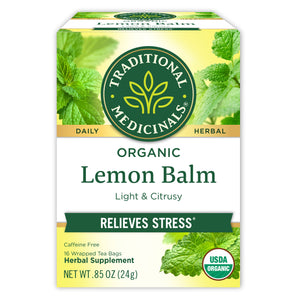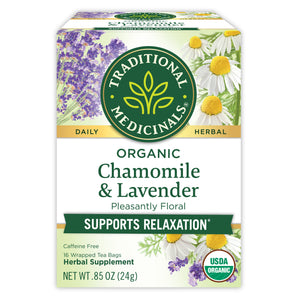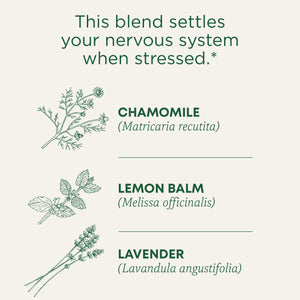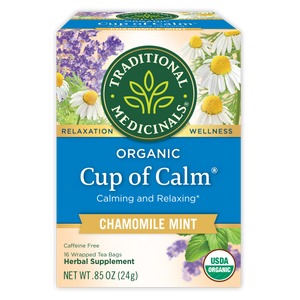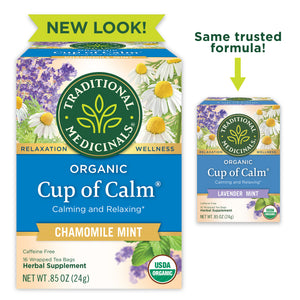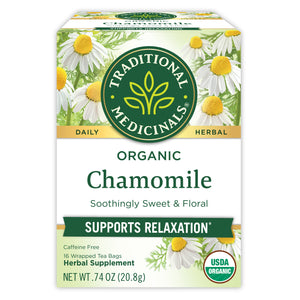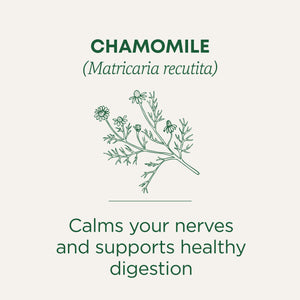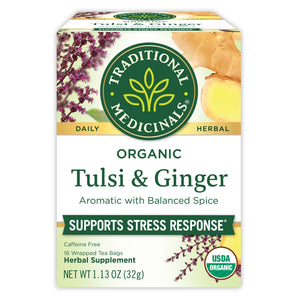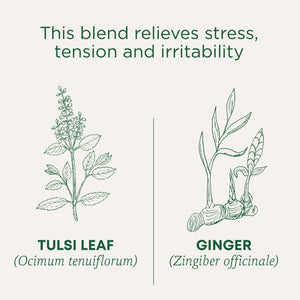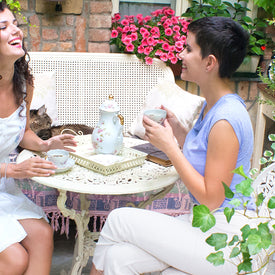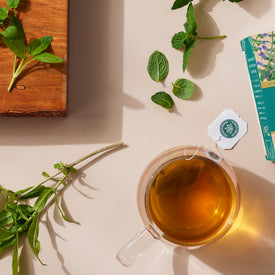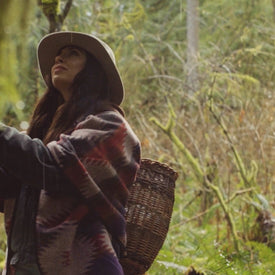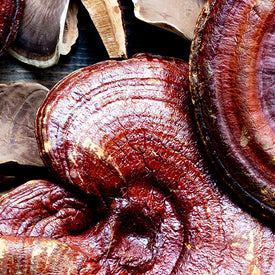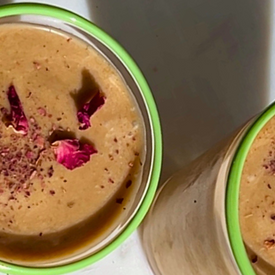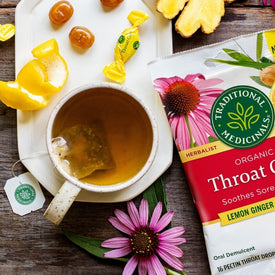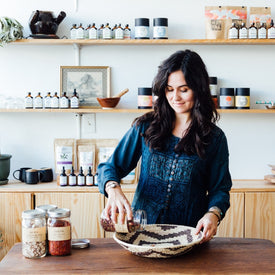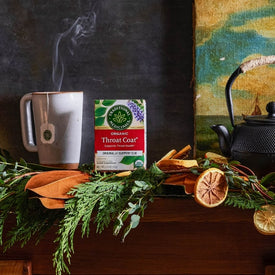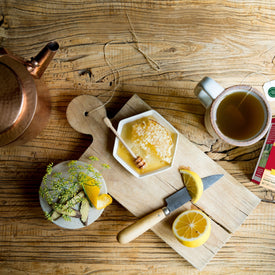Lavender’s sweet, floral and slightly herbaceous aroma is unmistakable. If you don’t already have this beautiful perennial shrub planted in your garden, chances are you still have the herb hidden in one of your products at home. From cosmetics, soap and candles to herbal teas, essential oils and ice cream, lavender leaves its mark everywhere these days—not that its benefits are new. In fact, historians have recorded its use for over 2,500 years for its purifying, relaxing and protective benefits.* With 450 named varieties and cultivars, Lavandula spp. may well be one of the world’s most beloved and widely used herbs.
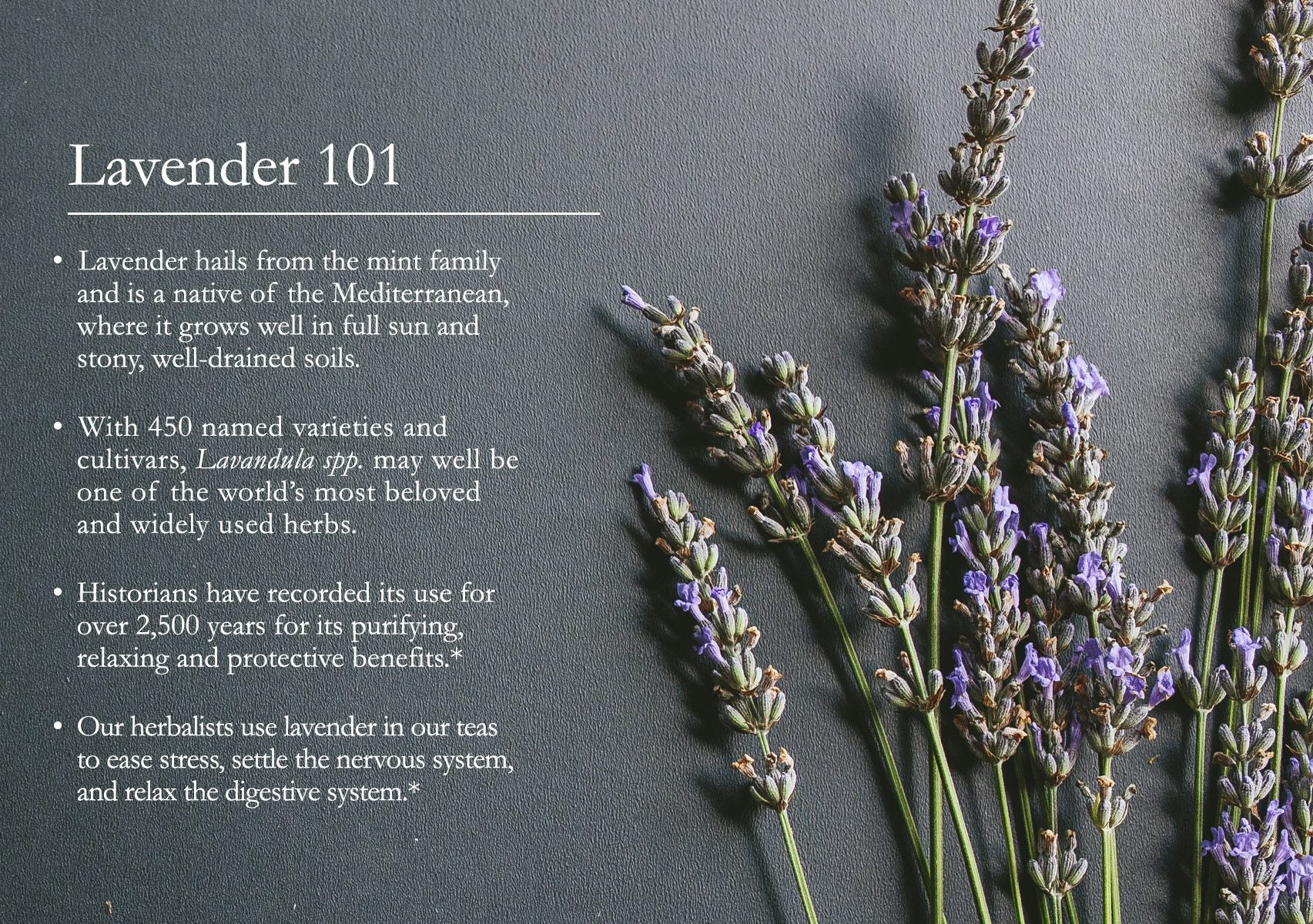
Lavender hails from the mint family and is a native of the Mediterranean, where it grows well in full sun and stony, well-drained soils. Those who live in dry climates, as we do here in California, prize lavender for its tolerance to drought—a real blessing for gardeners in our era of climate change. Specific cultivars and species are better suited to certain areas, although the most common medicinal species grown is Lavandula angustifolia, which is one of our favorite species to use in our Organic Chamomile with Lavender tea. This fragrant and adored species sprouts long, branching stems with clusters of purple flowers, which provide the highest concentration of its essential oils. Our herbalists formulated this blend to ease stress, settle the nervous system and relax the digestive system, although lavender has a long and diverse history for supporting many different systems of the body.*
Lavender’s Latin name stems from lavare, or “to wash”—an undeniable link to its early uses. In ancient Egypt, lavender played a role in the mummification process. Ancient Greeks, Romans and Arabs believed in its purifying properties; in fact, Arabian doctors used lavender to clean deep wounds and facilitate healing. The Greeks and Romans also used the herb for its relaxing properties to relieve worrying, stress, and occasional sleeplessness. As these empires expanded, the lavender trade spread throughout Europe and Asia, where the herb was used as a perfume, an essential oil and for herbal medicine. During the Middle Ages, the Catholic Church used lavender for strewing during holy days to ward off evil spirits, and people would scatter it on the floors to keep stuffy rooms smelling fresh. The herb became even more popular during the plague, where it was used in the famous Four Thieves Vinegar to repel fleas. Lavender’s folklore has even spread to the realm of love, where it has been thought to both attract potential suitors and keep the young chaste throughout history.
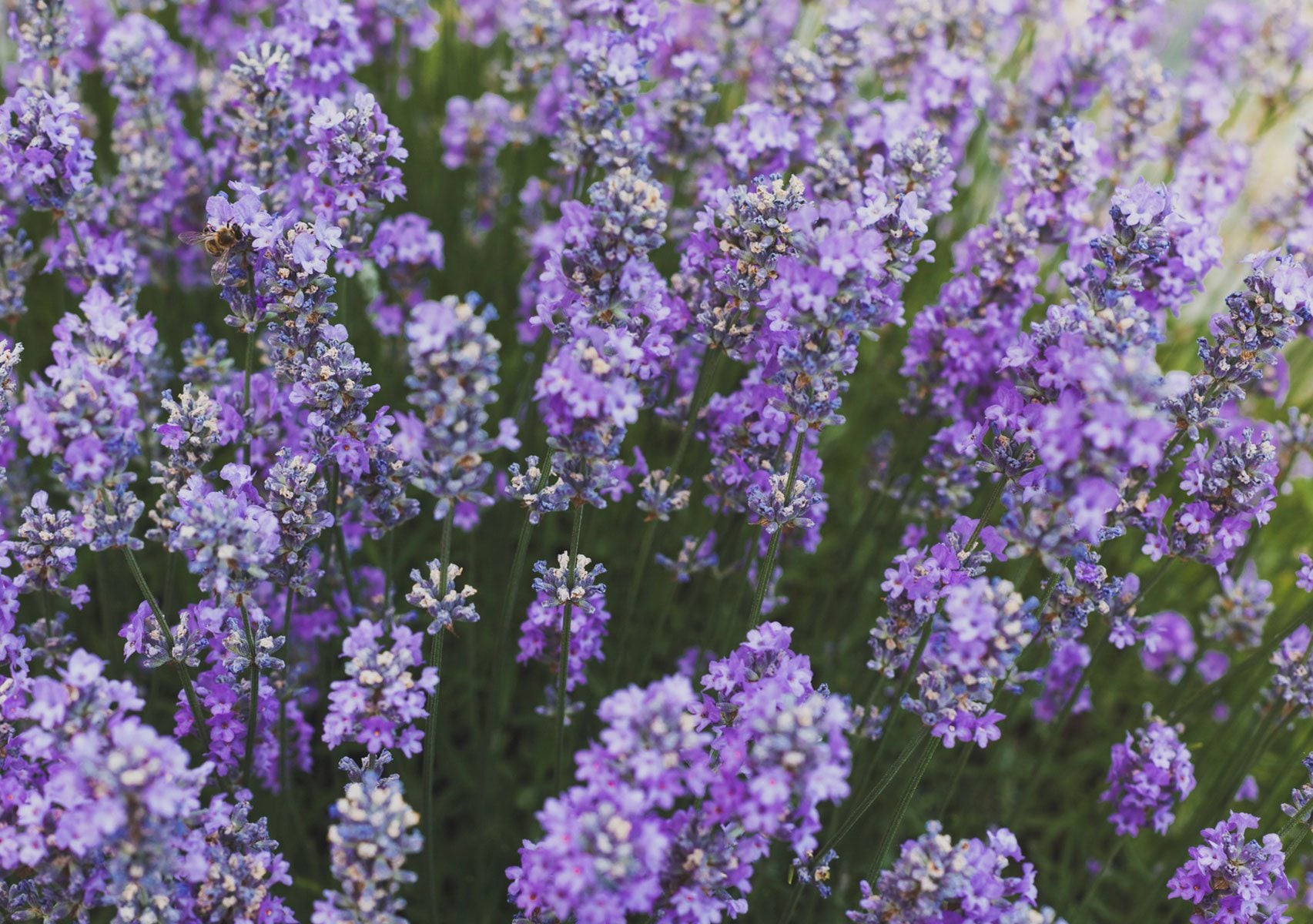
Today, countless cleaning and body care companies tap into lavender’s benefits by adding it to products for its aromatherapeutic, relaxation and cleansing properties, while herbalists continue to use it in their apothecaries as they have for generations. With such a range of soothing potential, humankind’s love affair with lavender stands to endure. What is your favorite way to enjoy lavender?
To share your musings about lavender or any other herb you love, please tag us in your herbal photos on Instagram @tradmedicinals. For more plant education, check out the Plants section of our Plant Power Journal.


